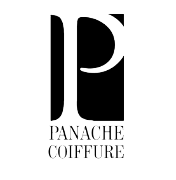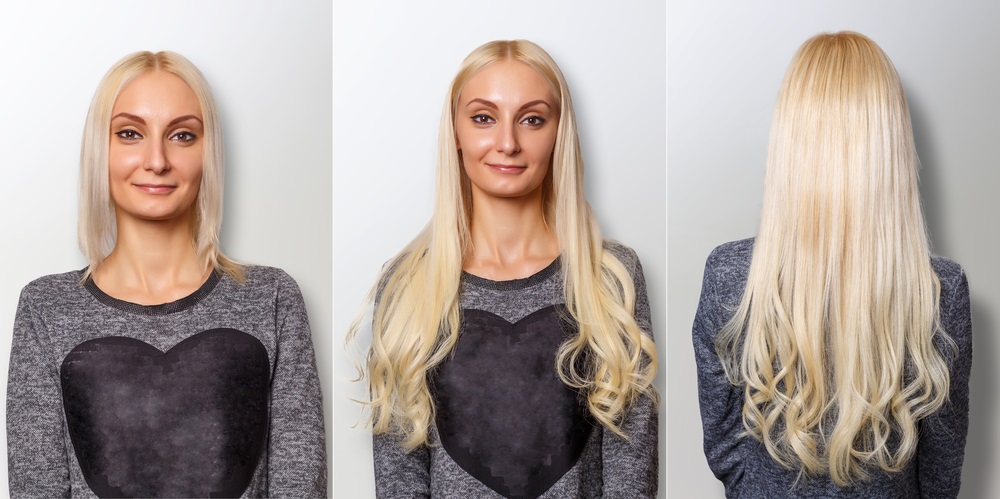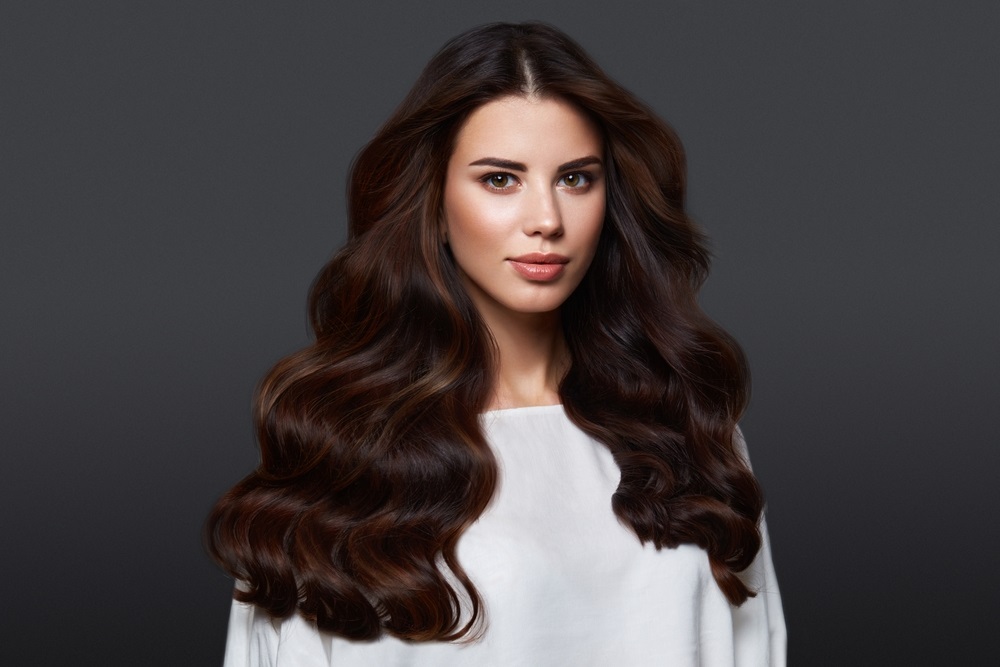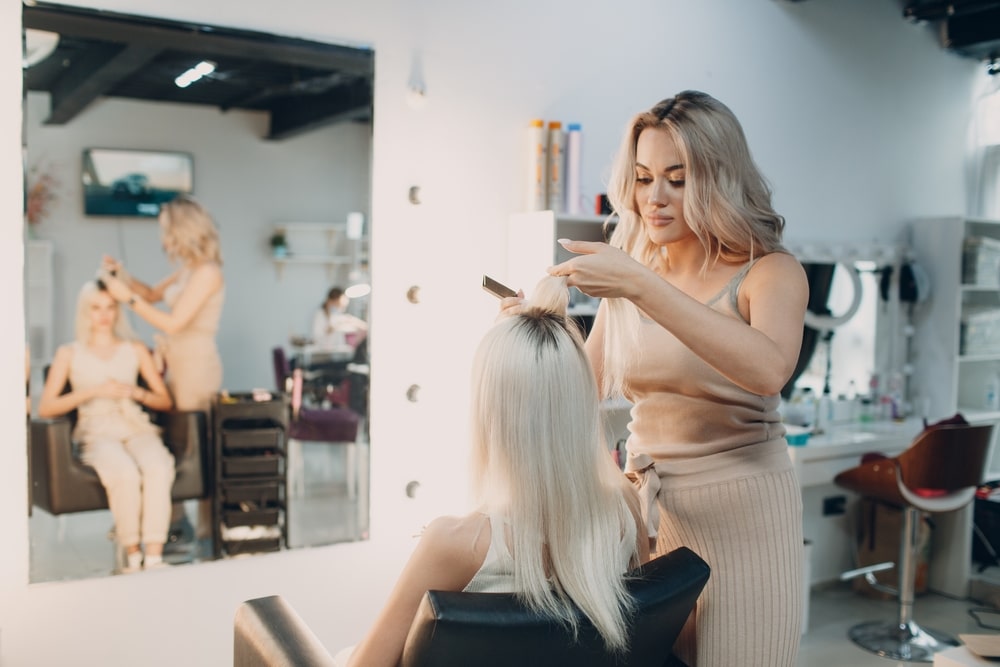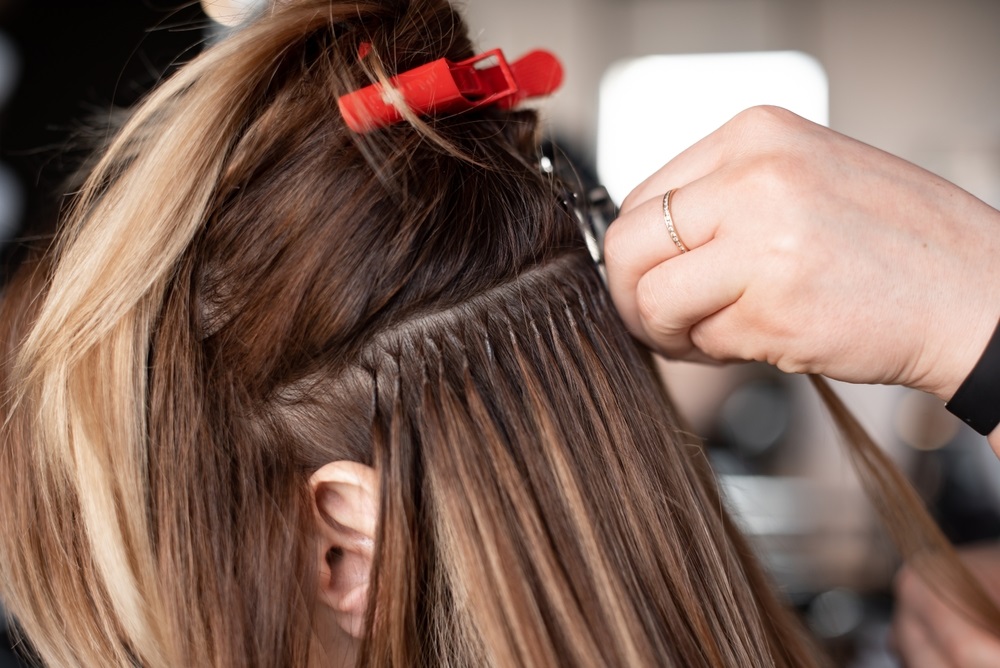
How to Care for Hair Extensions in 2024
A common method for giving natural hair length, volume, and style is to add hair extensions.
They come in various types and methods of application.
The main types of hair extensions include:
- Clip-in extensions
- Tape-in extensions
- Fusion or pre-bonded extensions
- Micro bead/loop extensions
- Sewn-in or weft extensions
Your chosen method depends on your budget, lifestyle, and how long you want to wear extensions. Proper installation and care are key to getting the most out of your hair extensions. Follow this blog post by Panache CK to learn more.
Choosing Extensions
When choosing hair extensions, there are a few key considerations to keep in mind:
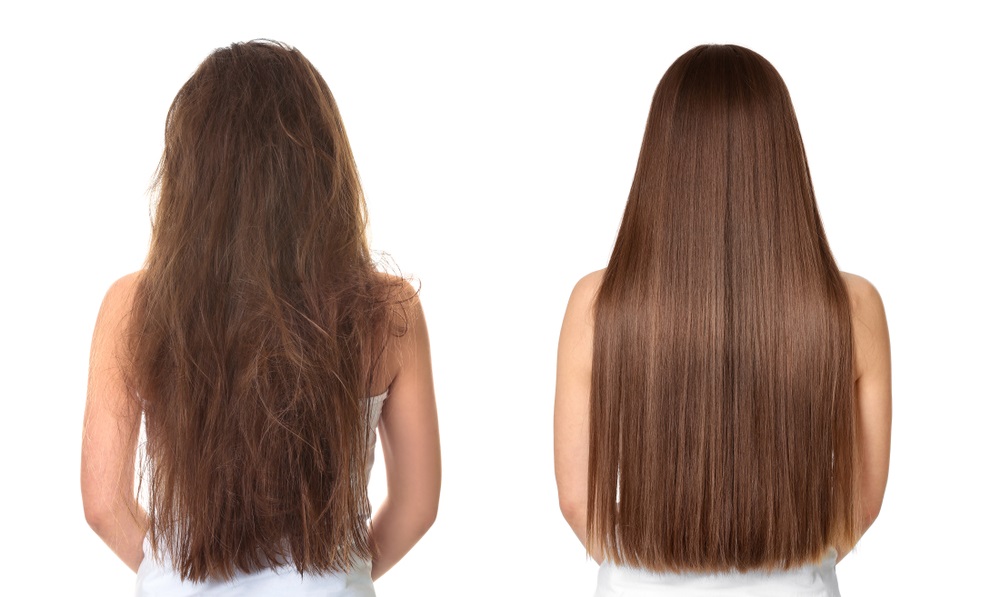
Hair Type
Select extensions that match your natural hair type. Curly hair should choose curly extensions, and straight hair should opt for straight extensions. The texture needs to blend seamlessly. Trying to match a different texture can lead to tangled, matted extensions.
Hair Color
Look for extensions that are an identical or very close shade to your natural hair color. Extensions that are too light or too dark will be obvious. Subtle highlights and lowlights in the extensions can create a natural look. Go for an overall seamless blend.
Length
Imagine the length you’ll achieve with extensions. Dramatic lengthening in one step can look unnatural. Aim to extend your length by several inches, not several feet. Shorter extensions can also be difficult to manage.
Human Hair vs Synthetic
Human hair extensions often have a more natural appearance and feel. They can be cut, colored, curled, and styled to match your natural hair. However, human hair is pricier. Synthetic hair is affordable but won’t blend seamlessly and can’t be styled with heat.
When choosing extensions, carefully consider your hair attributes and desired look. Opt for the length, texture, and color that naturally integrate for a beautiful result.
Installation
Two main options for getting hair extensions installed are going to a salon or doing it yourself at home.
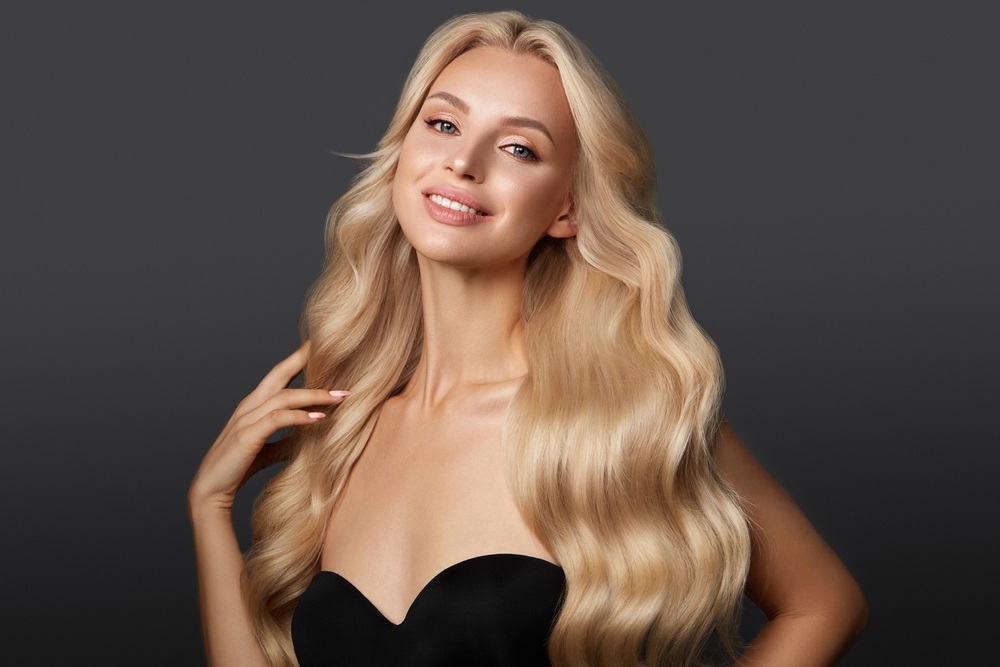
Going to a salon provides the advantage of having an experienced stylist properly attach the extensions. However, salon installation can be quite expensive. Doing it yourself saves money but requires learning the process and having the right tools.
The main methods salons use for installing extensions include:
Tape-in extensions
Double-sided adhesive tape is used to adhere these to your natural hair. Small portions of your natural hair will be sandwiched between two wefts of extensions by the hairdresser. Installation and removal of tape-ins are made simple.
Micro bead/loop extensions
Your natural hair is sectioned off at the scalp, and the stylist adds tiny metal beads or silicon loops to those spots. The extensions are then clipped into the beads/loops. This method is quick but can damage hair during removal.
Weave extensions
Your natural hair is braided close to the scalp in a circle or straight-back pattern. The wefts are then sewn into the braids using a needle and thread. Weaves provide a secure hold but require removal and reinstallation every 2-3 months as your hair grows.
Clip-in extensions
this clip directly into your hair using snap clips or silicon grips. Clip-ins allow for easy self-installation and removal. However, they may not blend seamlessly with natural hair or provide as secure a hold.
Clip-ins or tape-ins will be the easiest methods for at-home installation. Watch tutorial videos to learn proper sectioning and application techniques. Invest in high-quality extension hair and tools like pliers, clips, tape, etc. Take your time, follow directions carefully, and ask a friend to assist if needed. Proper at-home installation takes patience and practice.
Caring for Extensions
Hair extensions require gentle care and maintenance to keep them looking beautiful.
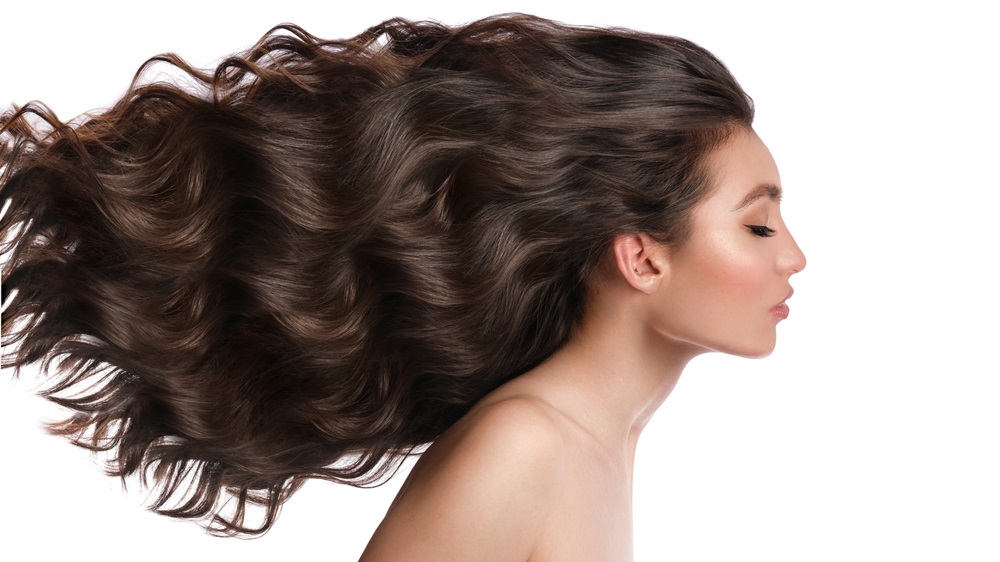
Here are some tips for properly caring for your extensions:
Gentle Brushing and Combing
To carefully untangle your extensions, use a soft bristle brush or a wide-toothed comb. Start at the bottom and work upwards to prevent excessive pulling and breakage. Avoid backcombing or teasing extensions, as this can cause tangling and damage.
Using Conditioner and Masks
Condition extensions after every wash to keep them moisturized and smooth. Let the conditioner sit for a few minutes before rinsing out. Occasionally, use a hydrating hair mask to nourish extensions and boost shine deeply.
Avoid Heat Styling
Try to avoid using hot tools on extensions as much as possible, including as blow dryers, curling irons, and straighteners. Over time, the heat can dry out and harm hair. If feasible, let extensions air dry. When using heat styling, start with a heat protectant spray and maintain a low to medium temperature.
With the right, gentle brushing, conditioning, and sparing use of heat style, extensions can remain lush, healthy, and gorgeous for months at a time. Your investment will be repaid if you treat them carefully.
Styling Extensions
Extensions allow you to change your look daily but require some care regarding heat styling and products.
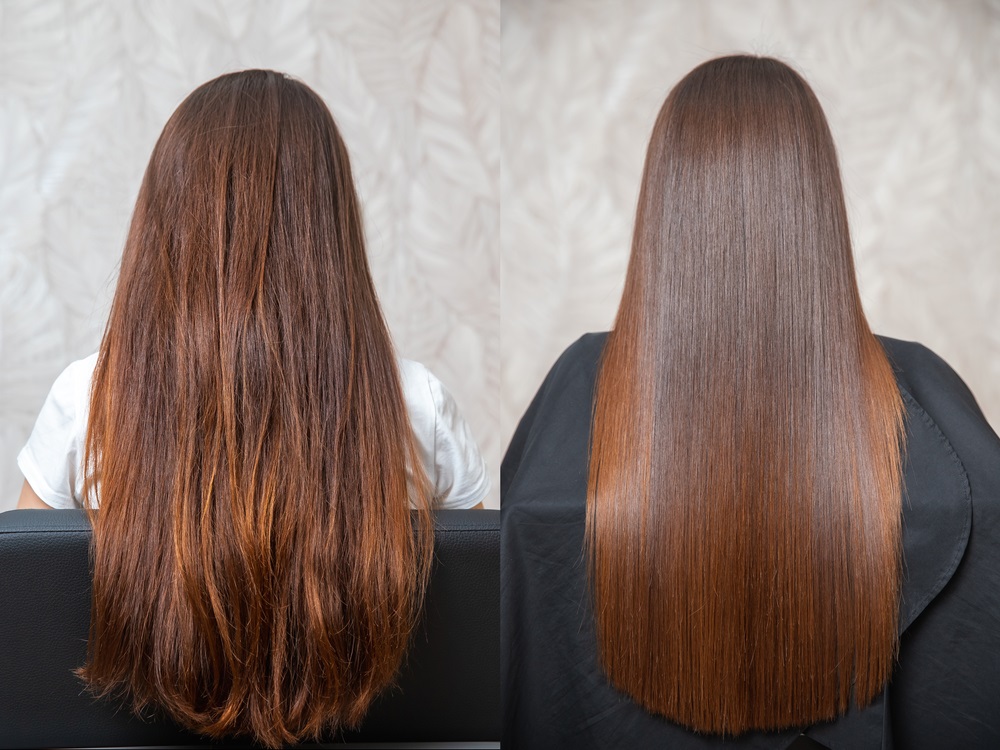
Here are some tips for styling extensions:
Use Low Heat When Styling
Flat irons, curling irons, and blow dryers with high heat can harm extensions. To avoid compromising the bonds, try to limit heat styling to low or medium settings. Let your extensions air dry when possible. If using heat tools, apply a heat protectant spray first to add a layer of protection.
Choose the Right Styling Products
When buying shampoos, conditioners, sprays, and other styling products, look for formulas labeled as safe for extensions. Avoid anything too heavy or oily, as product buildup can make extensions tangled and matted. Light leave-in conditioners or anti-frizz serums designed for extensions help reduce friction and add shine.
Wear Hair Up Safely
Ponytails and updos are great ways to give your extensions a break from daily styling. Use soft scrunchies, fabric hair ties, or spiral hair bands to avoid snagging. To prevent excessive pulling, secure styles gently without over-tightening. Place elastics and pins carefully to avoid bumps and crimps in the extensions. Let hair down fully at night to avoid matting.
Maintenance
Adjusting and replacing extensions when needed is key to keeping hair extensions looking their best. Every four to eight weeks, make routine maintenance appointments with your stylist.
This allows the stylist to check the condition of the bonds, reapply keratin bonds if needed, and replace any extensions that may have come loose or fallen out.
It’s normal to lose some extensions during the set’s life cycle. Your stylist should include extra extensions with the original install to use as replacements when needed. Don’t try to reattach extensions yourself, as this can damage your natural hair. Leave replacement and adjustments to the professionals.
When it’s time to remove the extensions completely, make another appointment with your original stylist. Removing extensions on your own can be damaging if they were installed with keratin bonds, tape, or micro-beads. The removal process requires special solvents to gently dissolve the bonds so extensions can be slid out without breakage. The stylist will snip the threads and remove the wefts for sew-in extensions.
Getting extensions properly removed by a professional ensures you can smoothly return to your natural hair without damage or breakage. It also prepares your hair to be healthy enough to install a new set if desired. Taking good care of your extensions and getting professional maintenance allows you to keep hair extensions looking beautiful for as long as you wish.
Traveling with Extensions
Traveling can be hard on hair extensions. Protecting them will help keep them looking great during your trip.
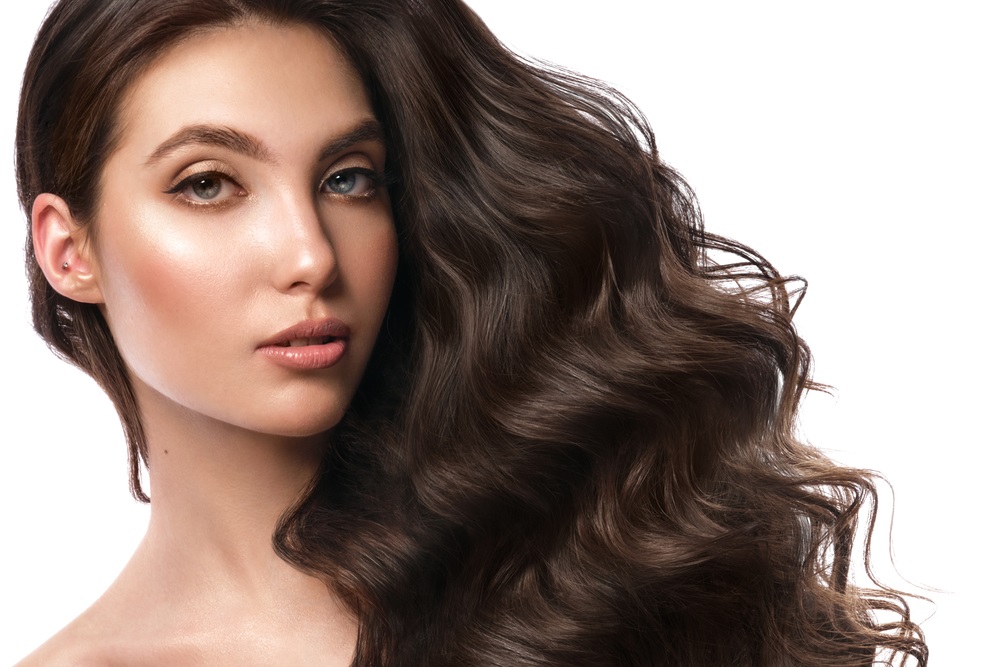
When going through airport security, notify the TSA agent that you have hair extensions before screening. They may need to do an additional pat-down or inspection. Remove any metal clips before scanning to avoid setting off the metal detector. Also, consider putting your extensions in a protective travel case rather than wearing them through security.
To keep extensions neat and tangle-free while traveling, braid or tie up long hair when possible. Sleep with hair contained in a loose braid or ponytail. Pack a wide-tooth comb or brush to detangle strands gently. Bring any hair products or tools needed for styling the extensions at your destination.
Use a hard case or protective bag if checking extensions as luggage, and place a fragile sticker on the case. Consider carrying extensions on the plane as a carry-on. Keeping them with you reduces the risk of lost luggage.
With some planning, your hair extensions can withstand the rigors of travel, so you can arrive looking fabulous! Let your stylist know if any maintenance is needed after a trip.
Troubleshooting
Hair extensions can sometimes cause issues that need troubleshooting. Here are some tips for dealing with common problems.
Dealing with Tangling
Tangling is one of the most frustrating issues with hair extensions. To prevent and treat tangles:
- Use a wet brush or wide-tooth comb when brushing out extensions. Avoid fine-toothed combs that can snag.
- Apply a detangling spray before brushing to help slick down strands.
- Separate hair into sections before brushing. Go slowly section-by-section.
- Use conditioning and anti-frizz products to help reduce friction and knots.
Fixing Slipped Bonds
If an extension bond starts to slip and separate from your natural hair, it must be fixed. Avoid pulling on the extension, as it could damage your natural hair. Please schedule an appointment with your stylist to have it rebonded properly.
Disguising Growth
As your natural hair grows out from the roots, extensions may look unnatural. To disguise growth:
- Use root touch-up spray or powder that matches your natural hair color. Reapply as needed.
- Tease hair at the roots for more volume to blend with extension lengths.
- Schedule maintenance appointments every 4-6 weeks for a stylist to redo your extensions as your hair grows.
With some simple troubleshooting, hair extensions can continue looking beautiful. Contact your stylist if any issues persist.
Finding a Specialist
When searching for a hair extension specialist, you’ll want to find someone qualified who does great work.
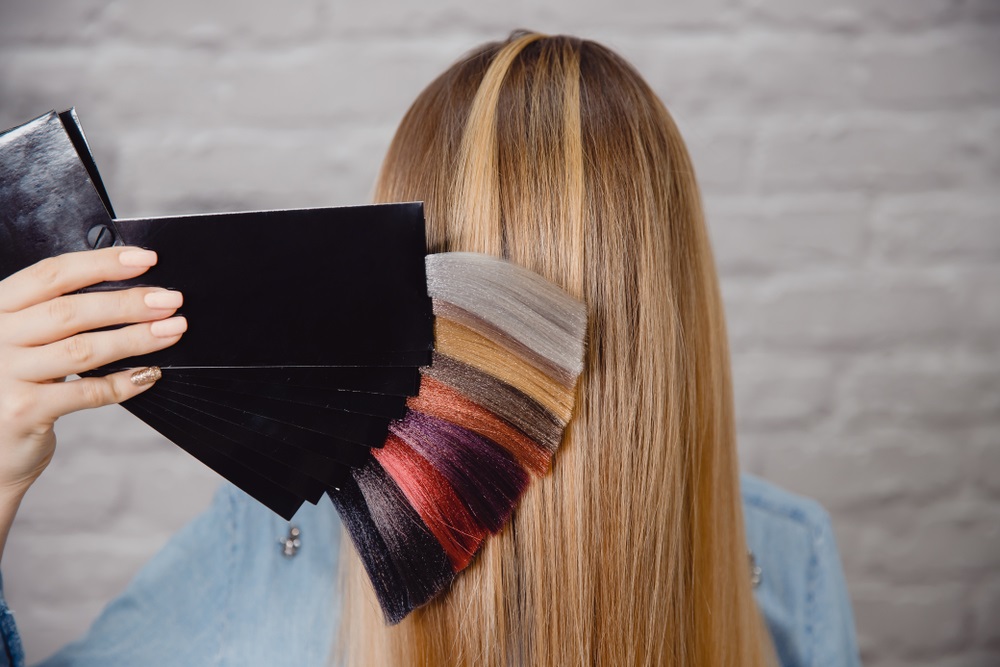
Here are some tips on what to look for:
Qualifications
Look for a specialist who has undergone official training and earned certifications in hair extensions from reputable brands or organizations. This ensures they know the proper techniques.
Choose someone with years of experience routinely installing various hair extension types and methods. They’ll know how to handle any challenges.
Opt for a stylist who specializes in and focuses solely on hair extensions. This likely indicates extensive expertise.
Finally, review examples of a specialist’s past work to judge their skills. Reputable specialists will have a portfolio.
Frequently Asked Questions
What Is The Best Way To Wash Hair Extensions?
Gently brush before washing, use sulfate-free shampoo, and wash in a downward motion. Avoid scrubbing and always apply a nourishing conditioner.
Can I Use Heat Styling Tools On Hair Extensions?
Yes, but use a heat protectant, keep tools on a low setting, and avoid direct heat on the bonds or tape.
How Often Should Hair Extensions Be Replaced?
It varies by type; clip-ins last 3-6 months with daily wear, while professionally bonded extensions may last 6-8 weeks or more with proper care.
What Products Should I Avoid Using On Hair Extensions?
Avoid products containing sulfates, alcohol, and oil-based serums near the roots, as they can weaken the bonds and cause slipping.
In Conclusion
Finding an experienced, qualified hair extension specialist will help ensure you receive beautiful, natural-looking results from your extensions. Luckily for you Panache CK is here for the aftercare of your extensions. Schedule an appointment at our salon at Santa Monica today.
